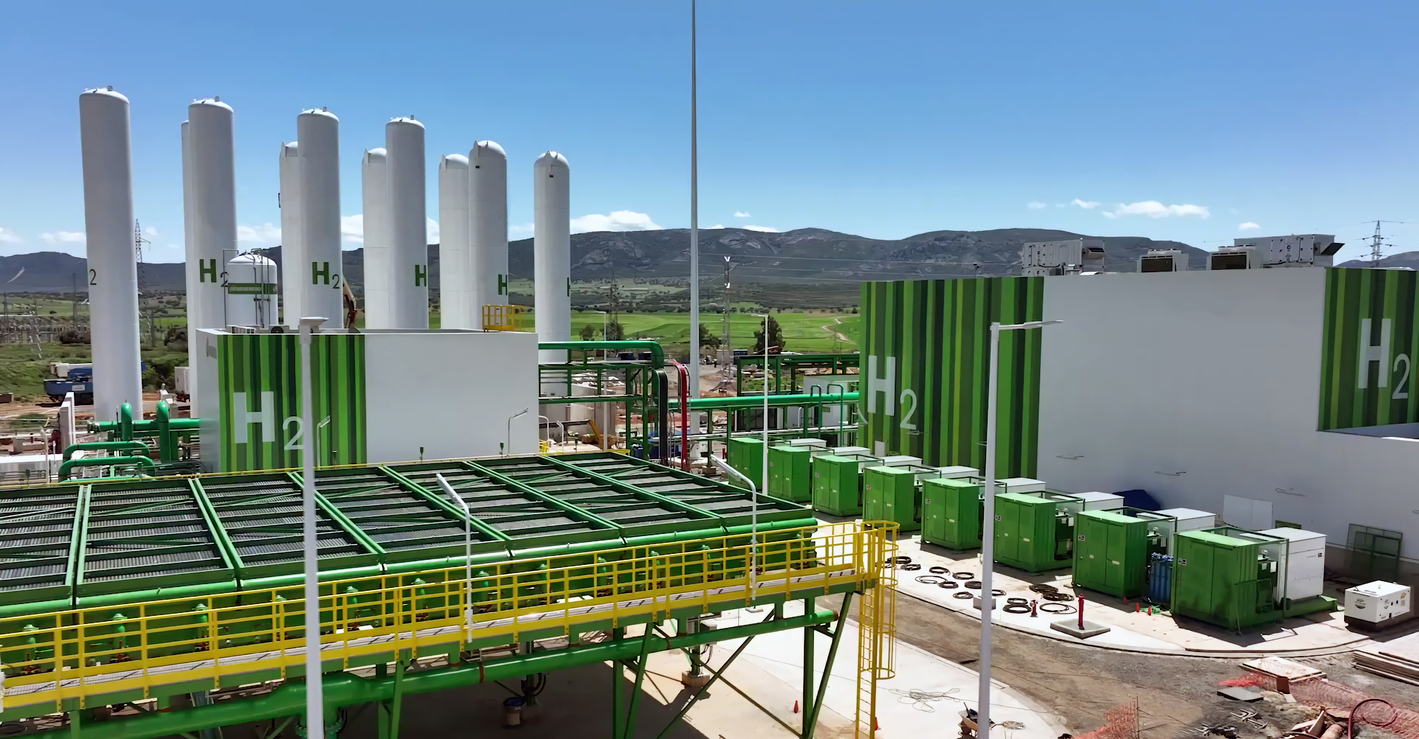Unlocking the future of clean energy starts with the element hydrogen. And scaling up the hydrogen industry isn’t just a choice; it’s the key to driving costs down and propelling us towards a sustainable energy revolution.
In the U.S. the Department of Energy anticipates a hydrogen cost reduction to $1 per kilogram by 2030, with assistance from the Inflation Reduction Act driving further reductions. This could spur the growth of the hydrogen economy, leading to an annual usage of 500-800 million tonnes by 2050, or 15% to 20% of global energy demand, compared to the current usage of 115 million tons.
Plug Power, the American firm pioneering hydrogen fuel cell systems as a substitute for traditional batteries in electric vehicles, boasts a network of hydrogen facilities spanning the United States. Their ambitious target for 2030 is to produce over 1,200 tonnes of clean hydrogen daily, which would mark a significant milestone in advancing technology and achieving 2050 net-zero objectives.
So affordable hydrogen is certainly on the horizon, driven by the decreasing cost of green energy and compelling incentives to mitigate greenhouse gas emissions. Green hydrogen produced using an electrolyser and renewable energy stands as a key pollution-free power alternative.
Andy Marsh, chief executive of Plug Power told Forbes in a recent interview “We are committed to building out hydrogen networks in the United States and Europe.We can generate green hydrogen out of the electrolyser at $2 per kilogram — similar to grey hydrogen using natural gas. We have developed these products for a decade and are better positioned to know what it costs to build these things. Those skeptical about green hydrogen do not look at the fundamental economics. Our existing projects are proof-positive.”

Plug Power boasts a network of hydrogen facilities spanning the United States.
Plug Power has stated that, from their perspective, the capital and operating costs are nearly identical for both green and grey hydrogen production. The cost of grey hydrogen today is closely tied to natural gas and steam methane reforming prices, while green hydrogen costs are contingent on renewable power prices and the capital required for plant construction.
The pivotal element in the process is the electrolyser, responsible for generating an electric current that separates hydrogen and oxygen from water. Plug Power say that the costs of their electrolyser and steam methane reforming are approximately equal.
However, it’s worth noting that electrolyser technologies are advancing, and prices are expected to decrease, potentially reaching around $1.50 per kilogram in the near future.
Solar panels generate electricity, which, if not immediately used, is stored in a battery and subsequently channelled into an electrolyser. This process results in the production of pure hydrogen gas, which is stored in a cylinder or tank. The hydrogen then feeds into a fuel cell, where it is converted back into electricity.
Grey hydrogen is used in petroleum refining and fertiliser manufacturing, where it breaks down heavier oils into lighter petroleum products, and plays a role in the production of ammonia for use as plant fertiliser.
Clean hydrogen of course holds significant promise within the transportation and electricity sectors where it is already saving vast quantities of CO2 emissions. Notably, companies including Amazon and Walmart have integrated hydrogen-powered forklifts into their operations, while Toyota and Hyundai are making substantial investments and significant progress in hydrogen-powered vehicles.
Additionally, FedEx has introduced a hydrogen-powered delivery truck in New York State, boasting an impressive range of 240 kilometers on a single tank.
____________________
Related reading:
Airbus, Rolls-Royce and easyjet call for UK leadership in hydrogen aviation.
____________________
Hydrogen powered vehicles require practically no change in human behaviour from their fossil-fuel alternatives, with the same refuel times and the same distances then covered. The only, crucial, difference is that hydrogen powered vehicles emit no toxic carbon.
In Europe, leading zero-carbon bus manufacturer Wrightbus has secured government funding of up to £534,000 from the Advanced Propulsion Centre (APC) to support the development, testing, and validation of a hydrogen fuel cell-electric coach driveline.
As part of the grant, Wrightbus will construct a comprehensive on-vehicle demonstrator. The manufacturer acknowledges the challenge of decarbonising the coach segment, despite its crucial role within the transportation network.
Addressing the project, Wrightbus CEO Jean-Marc Gales said “We are at the forefront of zero-emission technology, and we have a tremendous reputation for our fleet, both battery-electric and hydrogen fuel cell buses.
On the back of developing the world’s first double-deck hydrogen bus, we are keen to develop a hydrogen fuel cell-electric powertrain demonstrator for the coach sector to further decarbonise another part of the transport industry.
Decarbonisation options for the coach sector are extremely limited, with hydrogen fuel cell technology considered to be the most viable choice.”

Leading zero-carbon bus manufacturer Wrightbus has secured government funding of up to £534,000 from the Advanced Propulsion Centre (APC) to support the development, testing, and validation of a hydrogen fuel cell-electric coach driveline.
Wrightbus currently uses a hydrogen driveline in its buses, featuring a Ballard FCMove fuel cell, that boasts a claimed maximum range exceeding 600 miles.
A recent report from the Hydrogen Council and McKinsey determined that clean hydrogen has the potential to collectively reduce global CO2 emissions by 80 gigatons by 2050.
To put this into perspective, a CO2 reduction of this size is approximately eight times the emissions produced by China in 2019. It also represents roughly 11% of the total emissions reduction needed to stay within the carbon budget required to limit global warming to a range of 1.5 to 1.8 degrees Celsius.
Marsh says “There’s no single answer to climate change. Hydrogen fits best in the hard-to-abate sectors: manufacturing green steel and concrete and long-distance trucking.”
So meeting global climate targets hinges on the imperative of scaling up hydrogen production, which is influenced by the availability of cost-effective renewables, advancements in electrolyser technology, and financial incentives.
Recent hydrogen projects across the globe showcase the potential to achieve this at a more favourable cost than commonly perceived.
To learn more about Ryze Hydrogen, click here.






